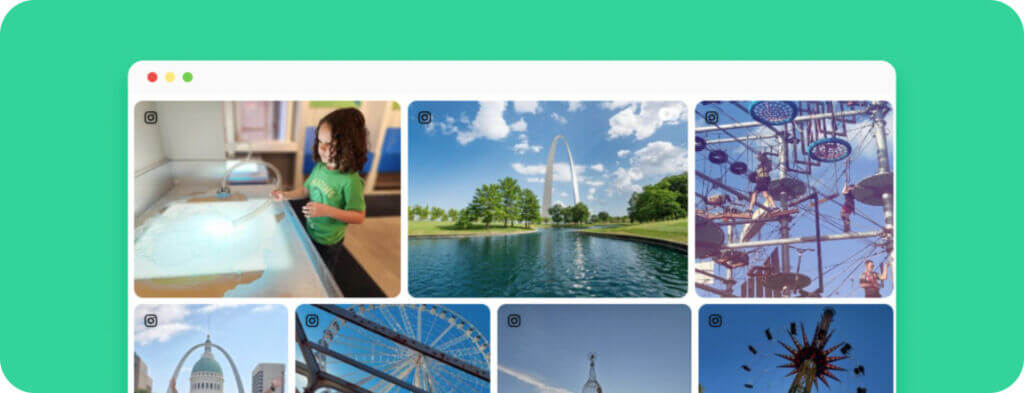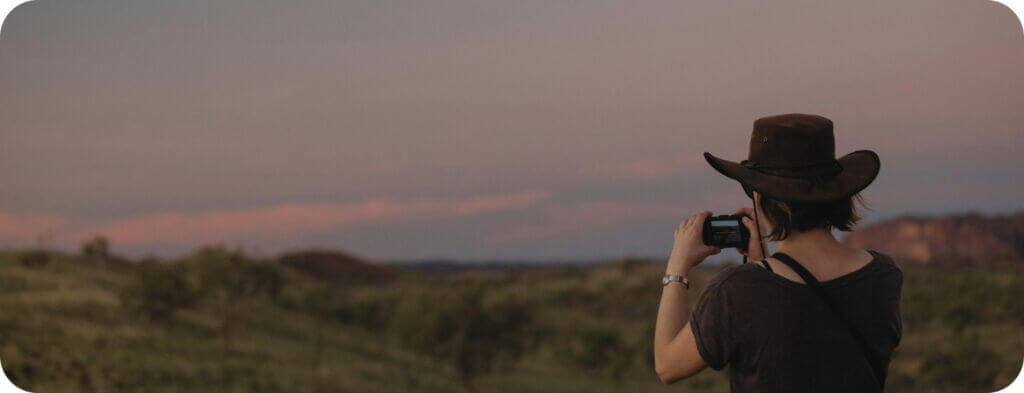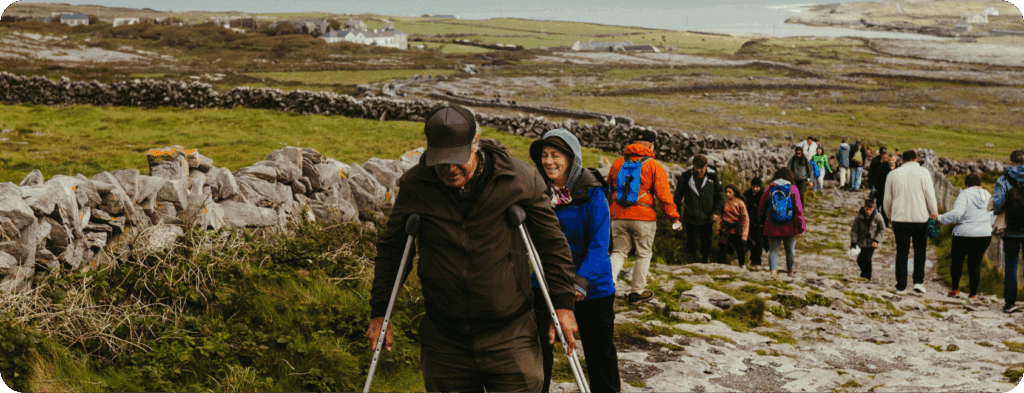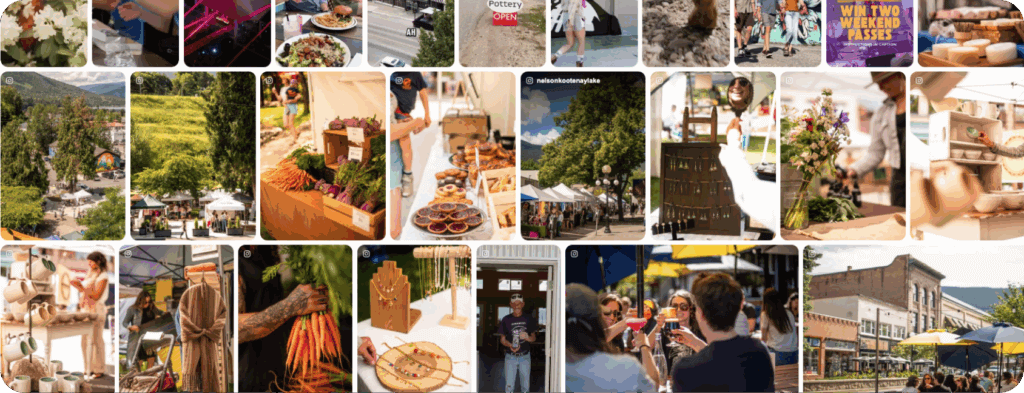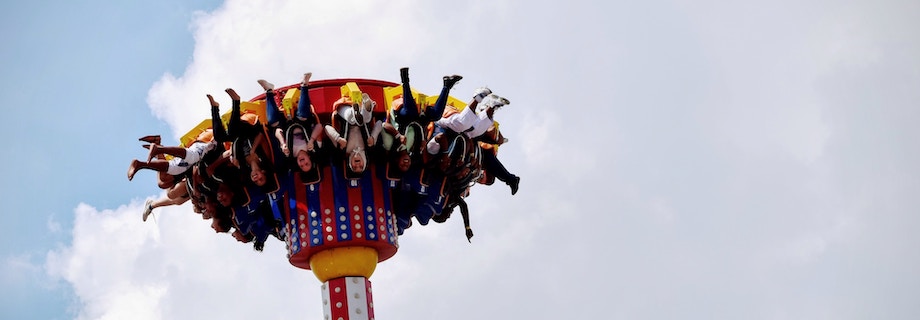
If you manage a theme park website or social media account, and you want to entice people to choose your park over all the others, it may be time to revamp your theme park marketing plan.
Fortunately, there are several simple ways to make sure your marketing strategy is better than average, from adding more visuals to making your website easier to navigate.
Get started with the following tips on improving your website and social media marketing tactics.
1| Use a Mix of Visuals on Your Website
Readers today have short attention spans, which is probably why studies show people only read about 20% of the content on a page. That means it’s imperative that you break up your content with plenty of visuals. After all, the brain processes visual information 60,000 times faster than text!
So if you want your audience to retain your message, use a varied mix of visuals. This can include user-generated content and professional photography, whether paid photoshoots or user-generated content you find online.
If you can, get GoPro footage to give your audience the feeling of being there—such as on your best roller coaster or another ride. Like your other visuals, the GoPro footage can either be user-generated content or from a professional you hire.
Disney is a perfect example of a site that has plenty of visuals to excite visitors. In fact, Disney is an amazing example of how to market a theme park!
2| Optimize Your Website User Experience (UX) for Conversions
It's important to improve the user experience (UX) of your website. Basically, make it easy to navigate your site so users don’t get frustrated and exit out of it altogether when they can’t find the information they need.
Start by thinking about what you would look for before visiting a theme park. You’d need to know important facts like hours, location and pricing, as well as what rides and games the park has.
You’d also expect authentic photos, pages that load quickly and clear call-to-action buttons, so make sure your site has these details if you want to convert more people who land on your site.
3| Showcase the Diversity of Experiences Your Theme Park or Attraction Offers
Your theme park is full of different experiences your visitors will enjoy, and your website should reflect that. This means you shouldn’t just have one or two big pictures on your homepage.
You should create a custom gallery of multiple images that show several of your best attractions. Doing this should allow you to see a big jump in page views, engagement and more.
You can even post user-generated content (UGC) on your site to show off all you have to offer. For example, just a few months after Dollywood started using UGC on its homepage, it saw 25% more engagement.
It also saw a 28% jump in engagement on its waterpark page after it started posting UGC, as well as a 42% boost in views on another page. All of this helped Dollywood earn $90,000 in ticket sales within five months!
4| Make Sure Your Website Is SEO Friendly
If you want to ensure your website shows up at or near the top of the search results pages on Google, you need to employ SEO.
Start by identifying a few keyword phrases that best describe your theme park and that people already use on their Google searches. Then sprinkle those in throughout your website copy, including in the title tags, headlines, subheadings, meta descriptions, bullet points and image descriptions.
Enjoying this blog? Subscribe to get more like this, straight to your inbox
5| Optimize Your Site for Mobile Visitors
Part of your job as a theme park marketer is to make sure your website works well for everyone, including people on mobile devices.
After all, 57 percent of all web traffic comes from mobile devices, and that same percentage of people said they wouldn't recommend a business if the mobile site doesn't work well.
So make sure your site is responsive, as it needs to look different on varied devices. This will ensure that call-to-action buttons are large enough for people to click so they can buy tickets, call your theme park or find the location on a map.
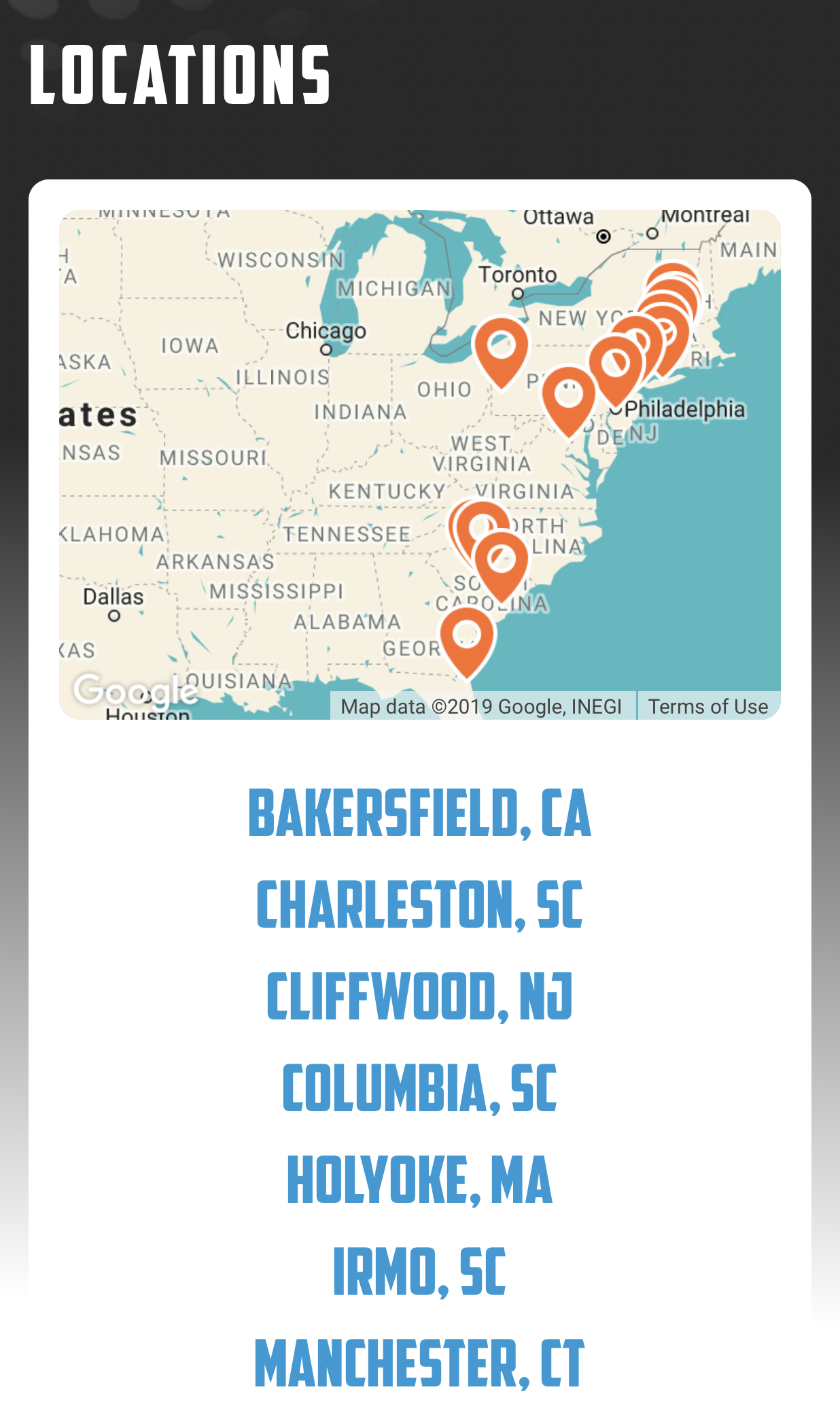
6| Share Guest Visuals on Instagram
One of the best ways to include great visuals in your theme park marketing materials is to employ user-generated content (UGC). This means taking images and videos that your theme park visitors have posted on their own social media pages, and featuring them on your social pages, including Instagram.
In fact, 85 percent of people said UGC is more persuasive than photos from the brand, and 60 percent said it's the most authentic type of content. So if you want to increase brand trust, authenticity, and engagement on Instagram, finding on-brand UGC for your social media pages is the way to go.
7| Use Best Performing Visuals in Your Digital Ads
Pay attention to the performance of your photos on your website and social media pages. If you notice certain photos get the most likes, shares, comments or views, these are the top-performing pictures to put in your digital ads.
After all, the point of the ad is to catch the attention of your audience. And a great picture will do just that, leading to better engagement, more conversions and more ticket sales.
8| Find Influencers Who Align with Your Goals
The ROI on influencer marketing is 11 times higher than traditional digital marketing, so consider adding this tactic to your marketing plan. Influencers for your brand can blog about your theme park, post pictures of themselves on social media and more.
For example, Disneyland has several influencers regularly blogging and posting relevant photos to millions of followers, tagging the park’s social media pages in the process so they’re easy to find.
9| Personalize Your Marketing to Each Customer Segment
Think about who your target audience is. While it might mostly consist of families, young adults and couples will likely want to visit your theme park, as well. Keep this in mind when marketing.
For example, Cedar Point’s Facebook page regularly posts pictures of families and children enjoying the park, but it also features photos of young couples having fun there.
And of course, if you send out email newsletters, change up the content depending on your audience at that moment, as families may be interested in different offers and events than young adults would.
10| Partner with Local Businesses and DMOs
Another way to take your theme park marketing to the next level is to partner with organizations that have some clout already. This could be local businesses and destination marketing organizations (DMOs).
If you work out a deal where they promote your theme park, or even just link to your site on their own site or social media pages, you’ll get more visibility. For example, Experience Kissimmee is a DMO that heavily markets Walt Disney World and other local theme parks.





